The history of written language dates back thousands of years, shaping civilizations and communication as we know it today. Some of the earliest known scripts emerged from ancient cultures that developed unique ways of recording information. These languages helped in maintaining records, passing on knowledge, and preserving cultural heritage. Here are the oldest written languages that laid the foundation for modern writing systems.
Sumerian
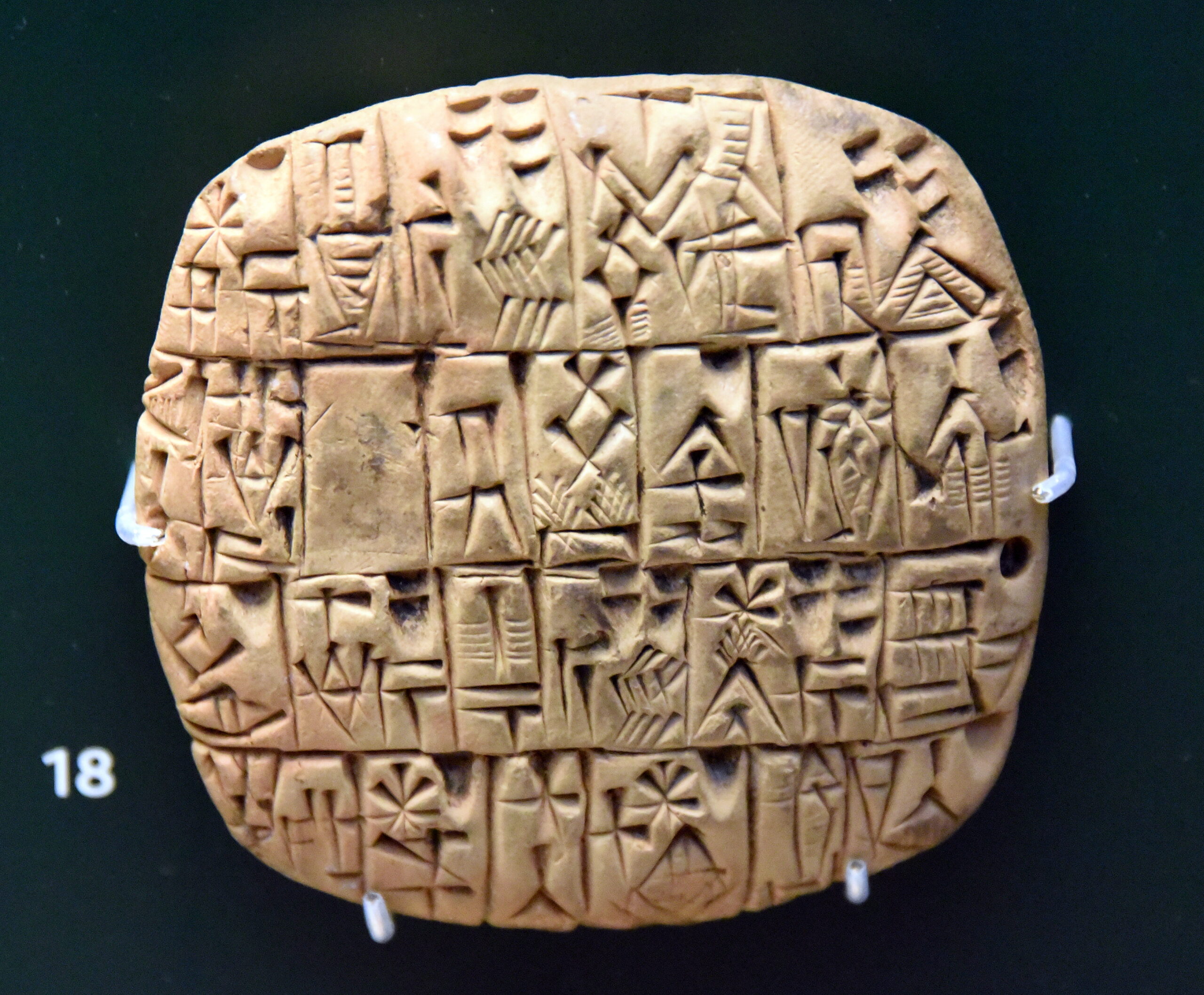
Sumerian is the earliest known written language. It emerged around 3200 BCE in ancient Mesopotamia. Used by the Sumerians, it was written in cuneiform script. This language remained in use for over a thousand years. The writing system evolved into a wedge-shaped script on clay tablets. It was primarily written from left to right. Though it eventually fell out of daily use, it was studied by scholars for centuries.
Egyptian (Hieroglyphics)
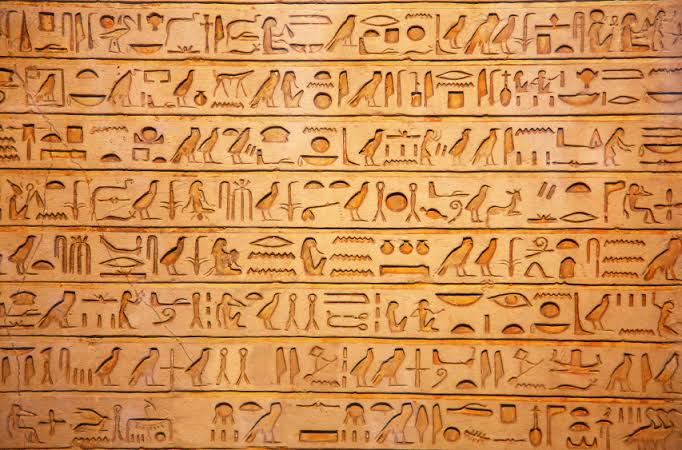
Hieroglyphics appeared around 3100 BCE. It was used in Ancient Egypt for religious texts, monumental inscriptions, and formal writing. The language remained prominent for over 3,000 years. Written in a combination of pictorial symbols, it was inscribed on temples, tombs, and papyrus. Hieroglyphs could be written in rows or columns and read from left to right or right to left. Its sacred connection made it vital in preserving Egyptian history.
Akkadian
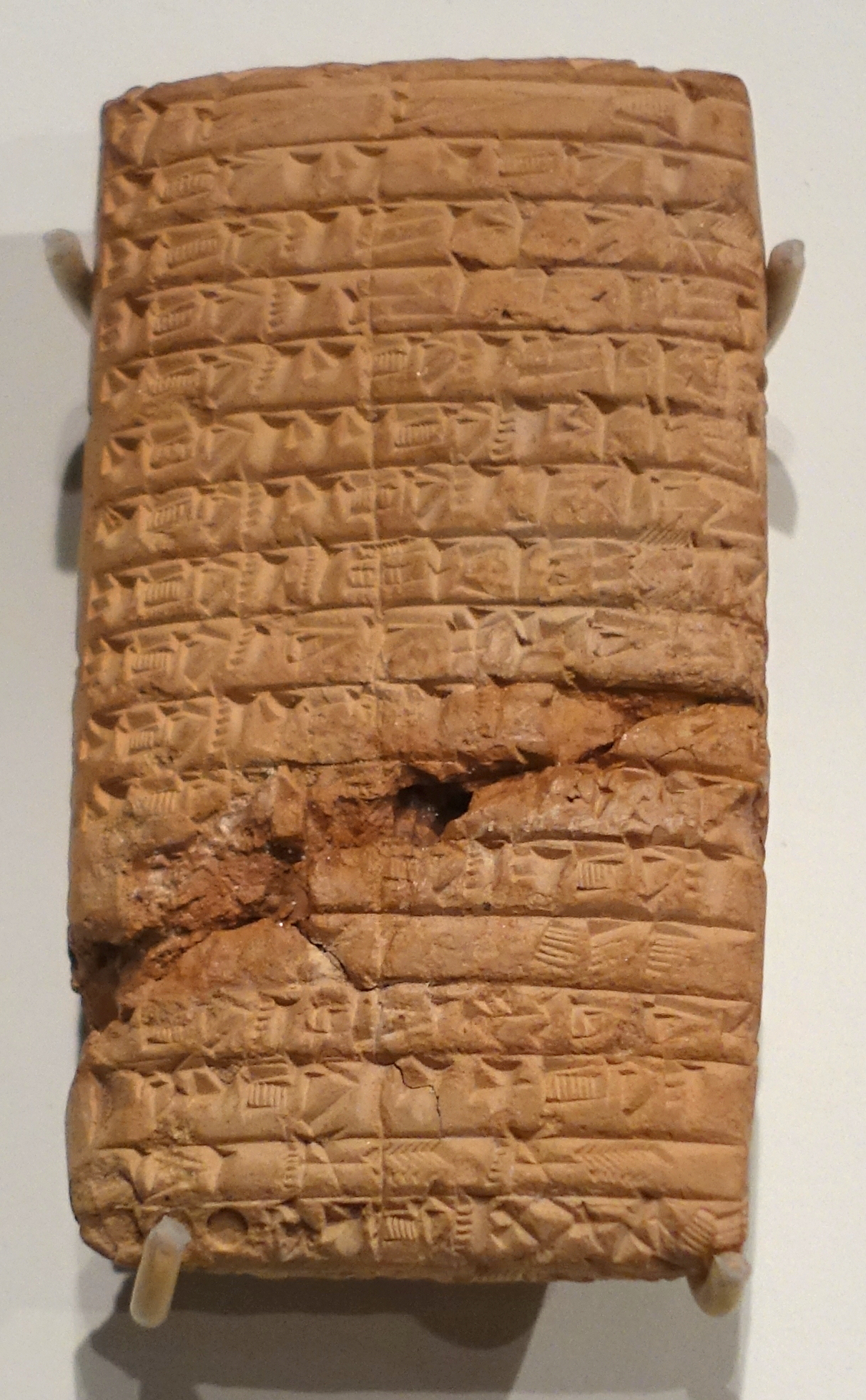
Akkadian was spoken by the Akkadians in Mesopotamia around 2500 BCE. It became the lingua franca of the ancient Near East for many centuries. The language was written in cuneiform, much like Sumerian, but with modifications. Akkadian was used by both the Akkadian Empire and later Babylonian and Assyrian empires. It was typically written from left to right on clay tablets. Over time, Akkadian replaced Sumerian as the region’s dominant language.
Elamite
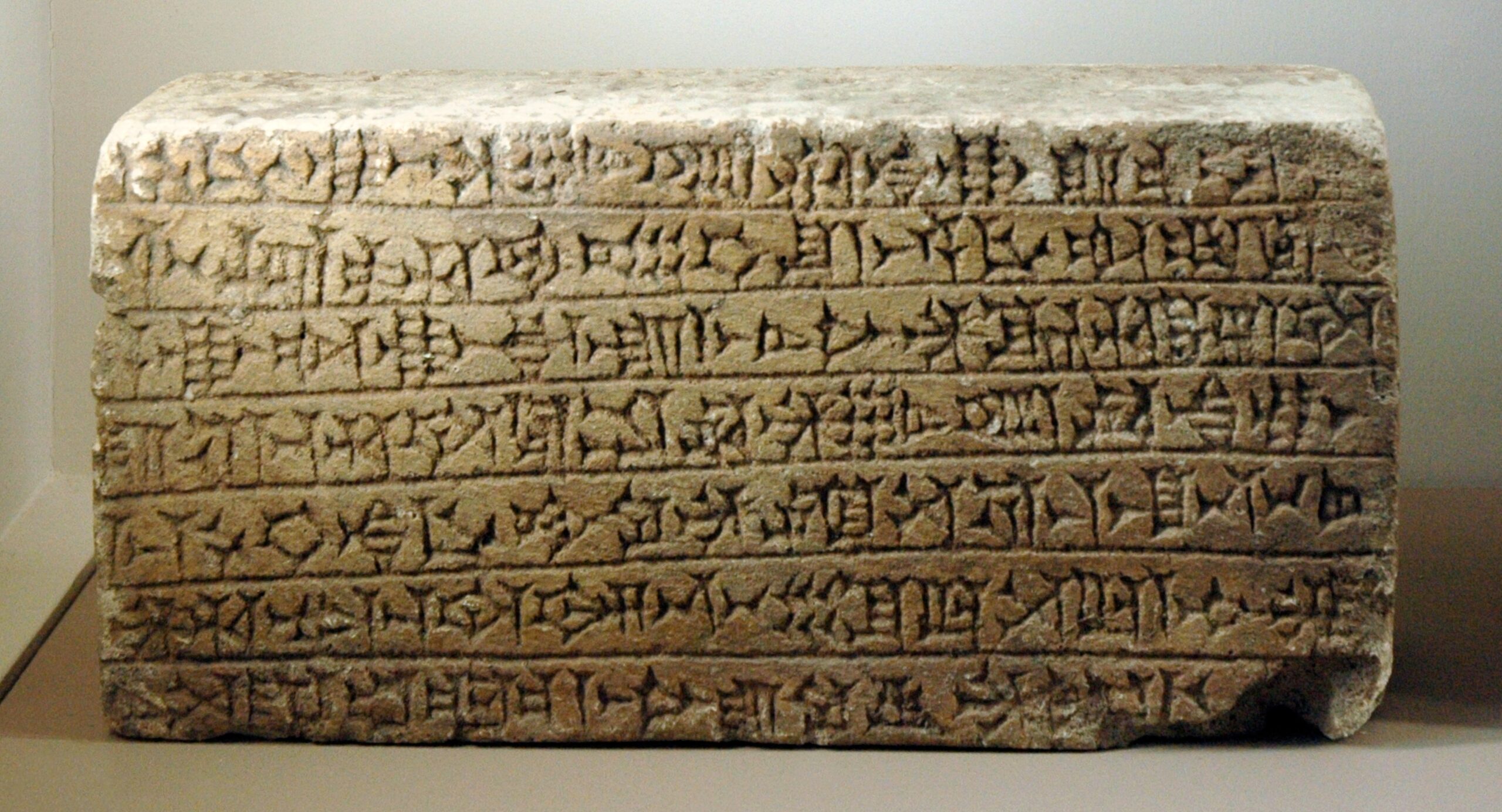
Elamite dates back to around 2300 BCE. It was used in the Elamite civilization located in what is now southwestern Iran. The language developed several scripts over time, with the cuneiform version being the most known. It played a significant role in administrative and royal inscriptions. Elamite was primarily written from left to right. This language faded out by the 4th century BCE, but its records provide insight into Elamite culture.
Hittite
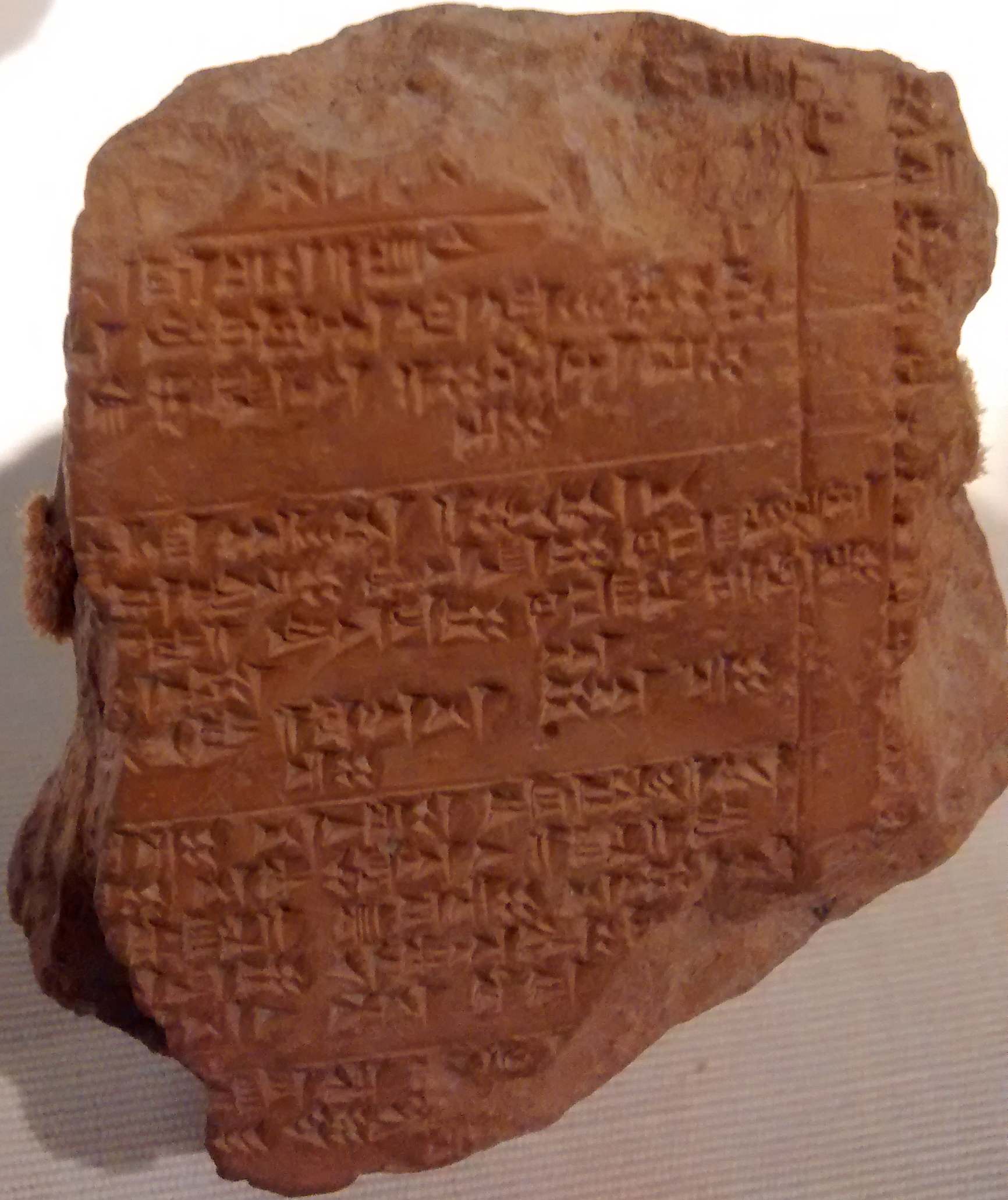
Hittite is one of the earliest Indo-European languages, emerging around 1600 BCE. It was spoken by the Hittites in ancient Anatolia, present-day Turkey. Written in cuneiform on clay tablets, it was primarily used for legal, diplomatic, and religious texts. The Hittite script was inscribed from left to right. The language’s records provide valuable insight into ancient treaties and rituals, especially during the Bronze Age.
Hurrian
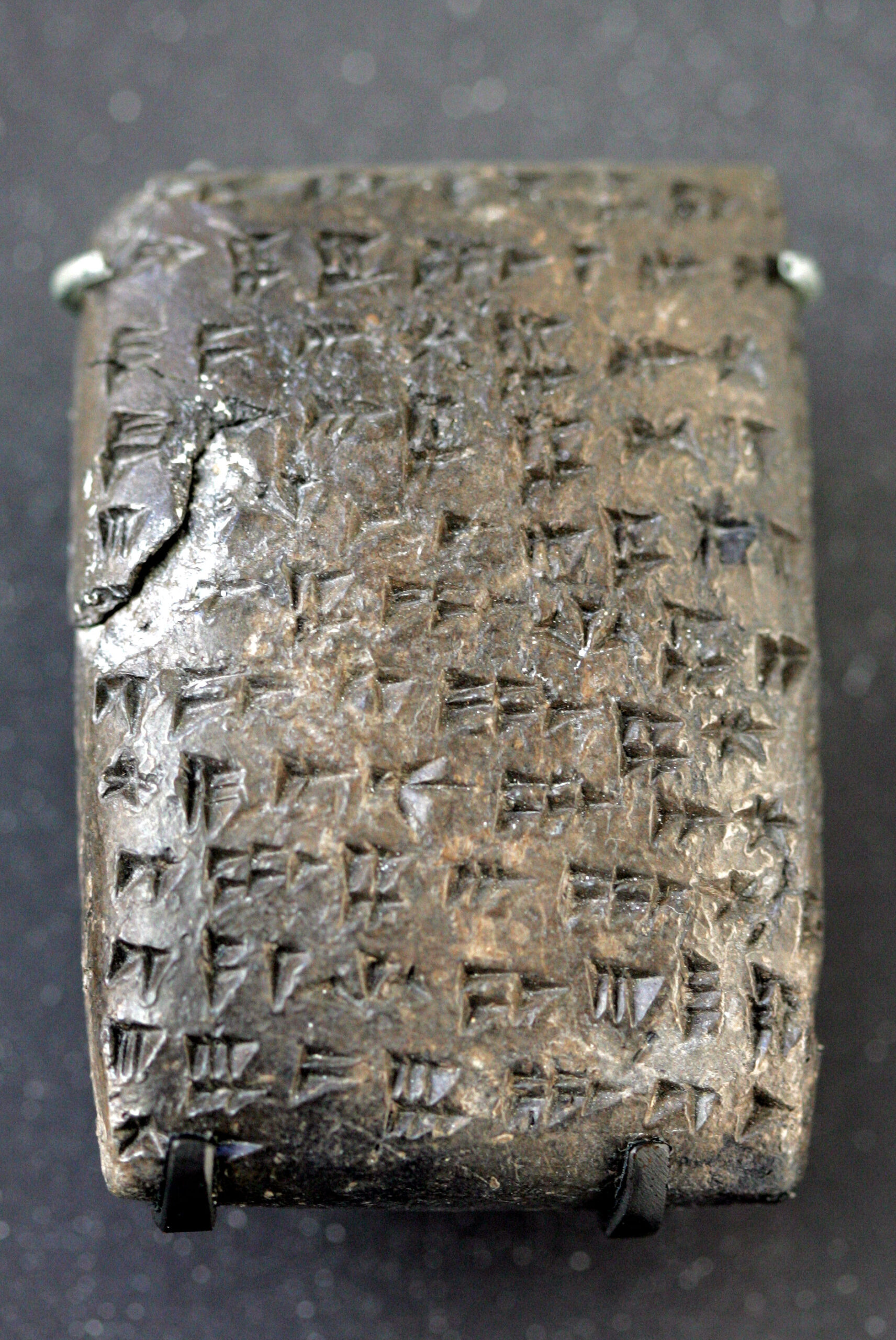
Hurrian is another ancient language that appeared around 2000 BCE. It was spoken by the Hurrians in parts of Mesopotamia and Syria. Written in a modified cuneiform script, it shares similarities with Akkadian, though they are unrelated languages. Hurrian texts were mainly administrative and religious in nature. It was written from left to right on clay tablets. Although the language eventually vanished, its influence persisted in later regional dialects.
Phoenician
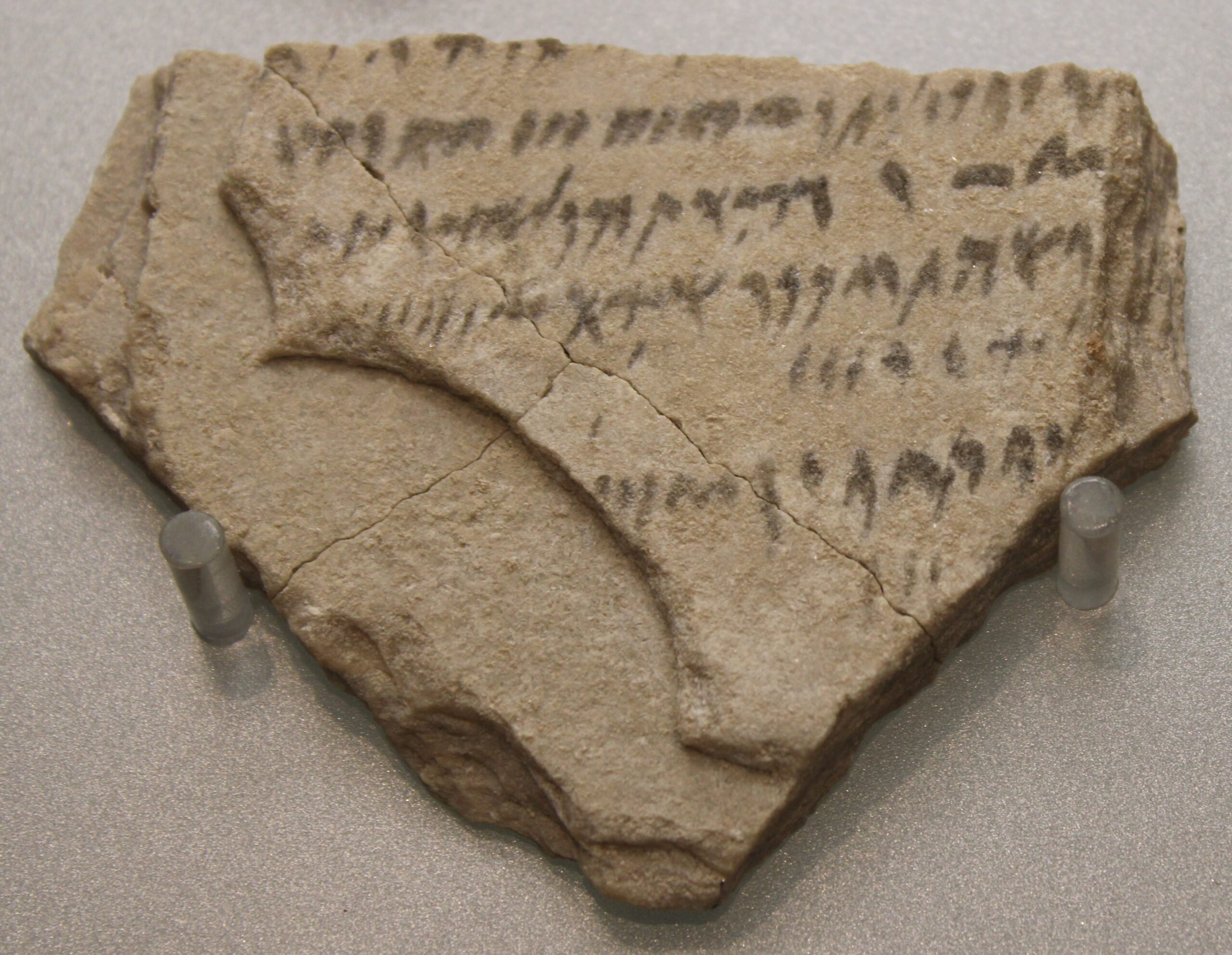
Phoenician writing began around 1050 BCE. It is considered the precursor to many modern alphabets. Spoken by the Phoenicians in coastal regions of the Mediterranean, it was crucial for trade and diplomacy. The script was an early alphabet consisting of 22 consonants. It was written from right to left, which influenced later Semitic and Greek scripts. Phoenician was fundamental in shaping the writing systems of later cultures.
Ancient Greek
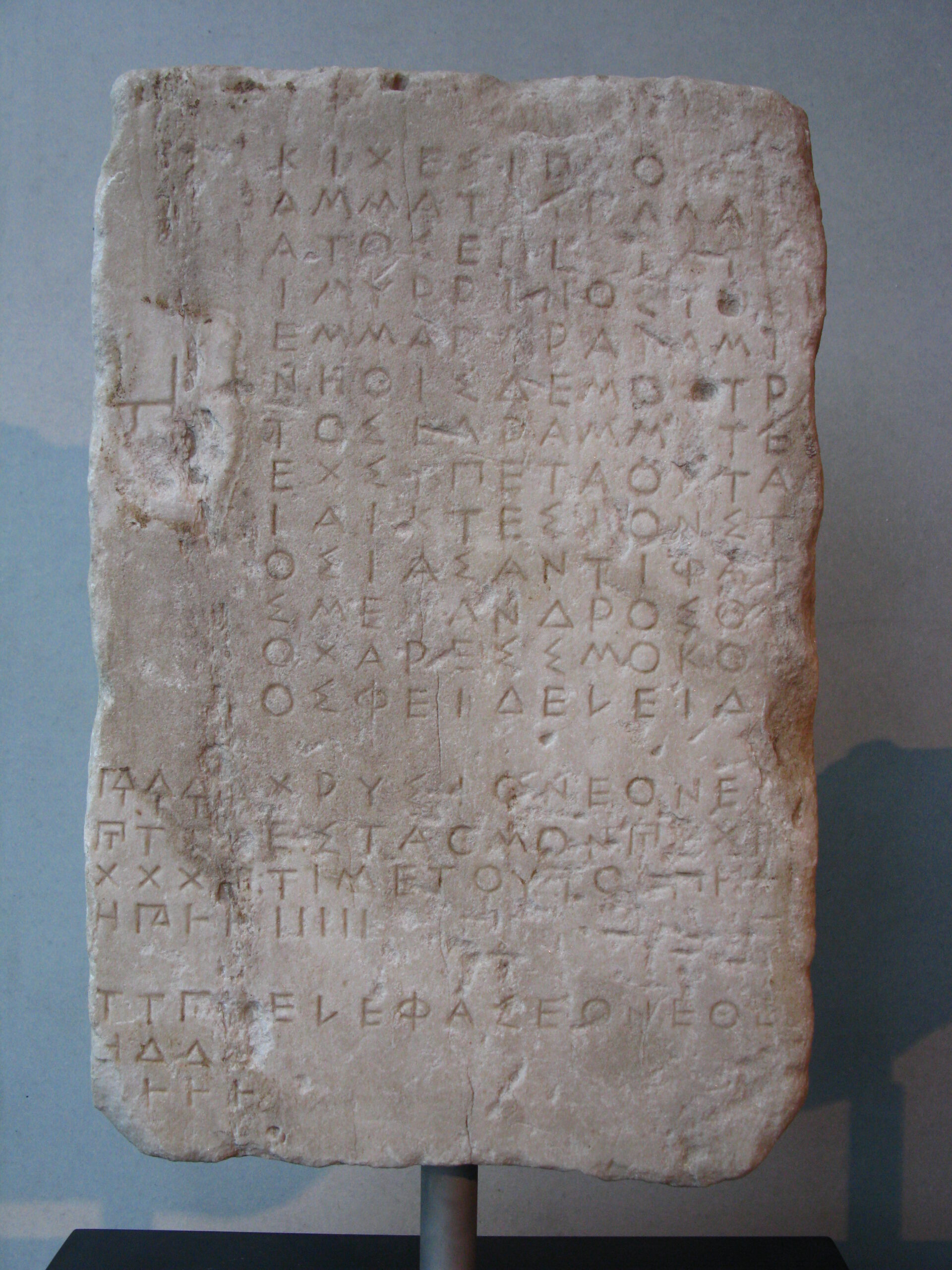
Ancient Greek writing emerged around 800 BCE. The Greek alphabet was adapted from the Phoenician script, adding vowels for the first time. It became the basis of classical literature, philosophy, and historical texts. Ancient Greek was written from left to right, establishing a tradition still used in modern Greek. Its influence on Western culture and language remains unparalleled. The earliest forms of Greek writing include Linear B, found in Mycenaean Greece.
Sanskrit
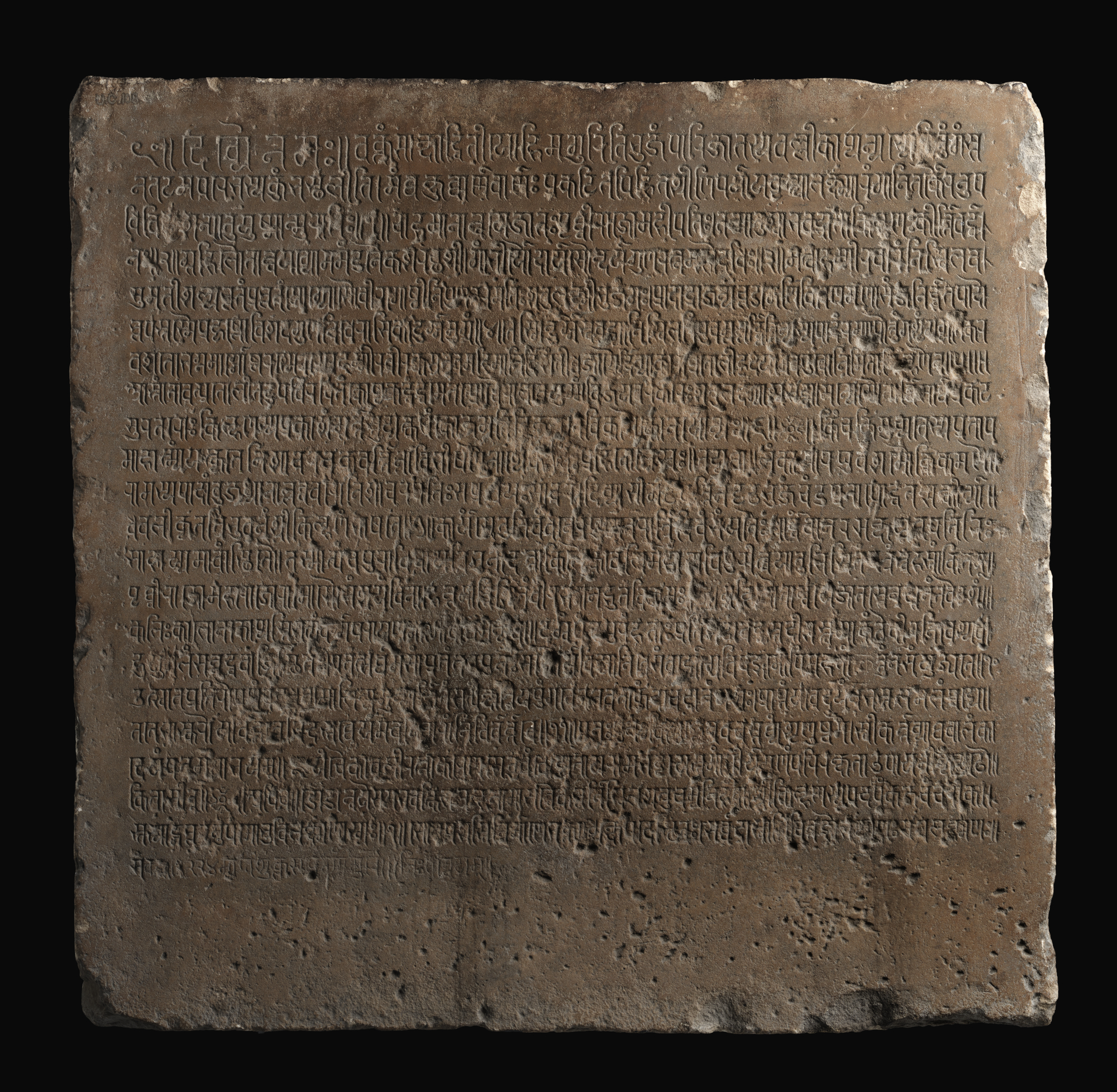
Sanskrit originated around 1500 BCE in ancient India. It is one of the oldest Indo-European languages and was used primarily in religious and scholarly contexts. The earliest texts written in Sanskrit are the Vedas, sacred Hindu scriptures. It uses the Devanagari script and is written from left to right. Sanskrit played a crucial role in Indian literature, science, and philosophy for centuries. Though no longer spoken in everyday life, it remains an important liturgical language.
Mycenaean Greek (Linear B)

Mycenaean Greek, written in the Linear B script, dates back to around 1450 BCE. It was used by the Mycenaean civilization in ancient Greece for administrative and record-keeping purposes. Linear B was deciphered in the 1950s and revealed a form of early Greek. The script is syllabic and was written from left to right. Mycenaean Greek provides valuable insight into the culture and economy of the Mycenaean period.
Hebrew

Hebrew is an ancient Semitic language that dates back to around 1000 BCE. It was used by the Israelites in religious texts and everyday communication. The earliest examples of written Hebrew can be found in biblical inscriptions and manuscripts. It is written from right to left using a script that evolved over time. Hebrew fell out of common use but was revived in the 19th century and is now the official language of Israel.
Aramaic
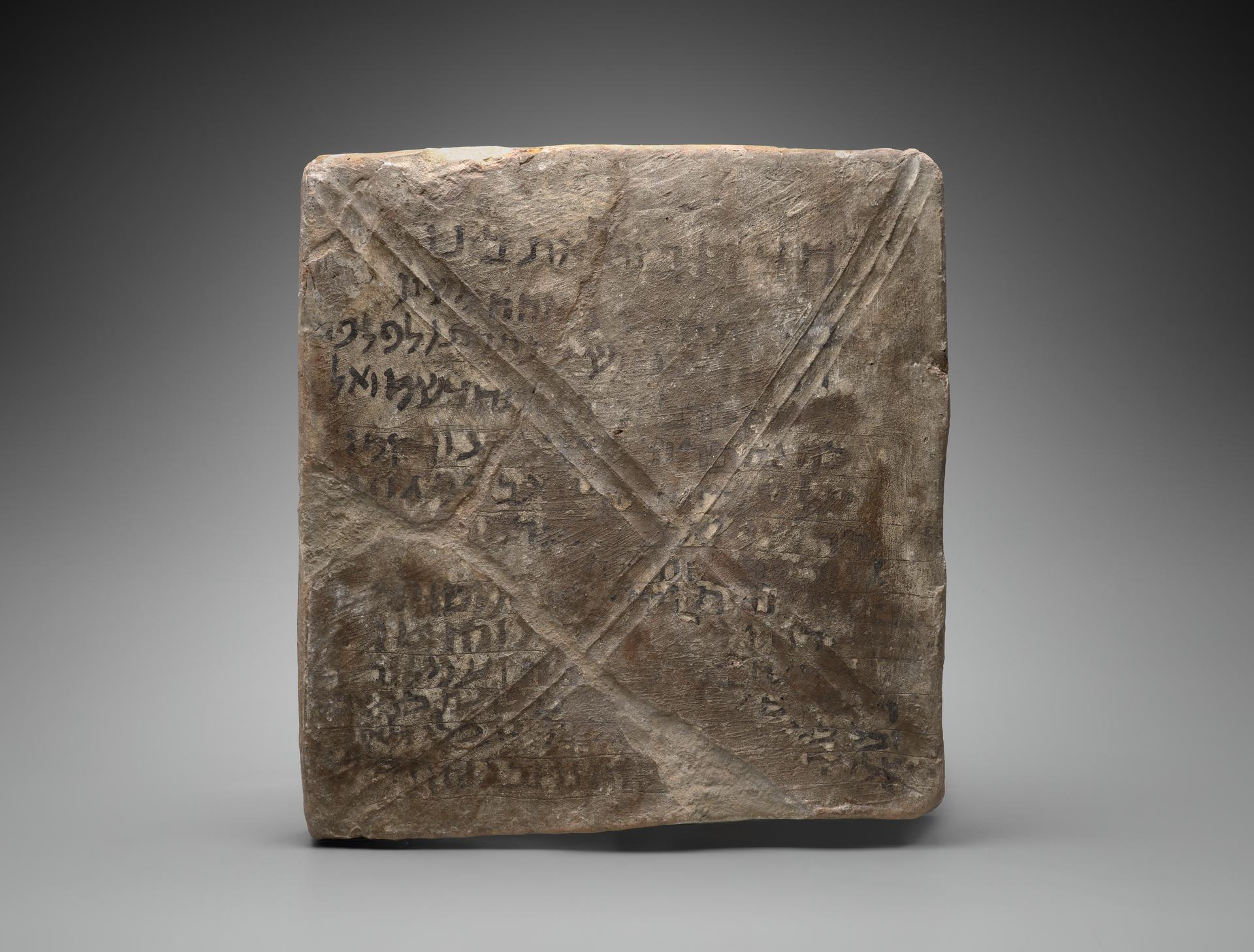
Aramaic emerged around 1200 BCE and became widely spoken in the Near East. It was used by various empires, including the Assyrians and Persians, for communication and administration. The language spread quickly due to its simplicity and adaptability. Written in a script that influenced both Hebrew and Arabic, it was inscribed from right to left. Aramaic remains important in some religious communities to this day.
This article originally appeared on Rarest.org.
More from Rarest.org
14 Rare and Endangered Carnivorous Plants You Didn’t Know About

Carnivorous plants are some of the most fascinating species in the plant world, using unique adaptations to trap and digest insects and other small prey. Read More.
8 Rare Board Game Expansions Worth a Small Fortune

Board game expansions can add depth and variety to your favorite games, but some rare expansions are worth more than you might expect. Read More.
11 Unique Ceramics and Pottery That Command a Premium

Ceramics and pottery have long been appreciated for their craftsmanship, but certain pieces go beyond functional items and become true works of art. Read More.
